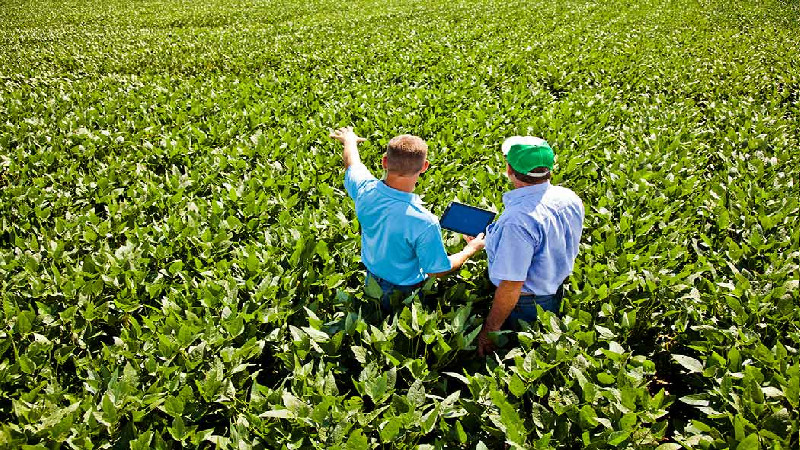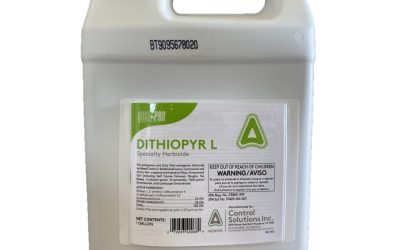Effective carbon removal is crucial for sustainable agriculture, especially given the global challenge of excess carbon in the atmosphere. Sustainable agricultural practices play a vital role in sequestering significant amounts of carbon through plant growth. By fostering plants that store carbon in the soil, agricultural efforts can contribute significantly to mitigating atmospheric carbon levels. Plants facilitate this process through their root systems, effectively breaking down carbon and safely storing it in the soil and rock formations, where it can remain for decades or even centuries, preventing its release back into the atmosphere.
Achieving optimal soil conditions for carbon removal often requires specific adjustments. Growers can enhance soil composition using methods such as charcoal applications, mycorrhizal inoculants, and other natural additives.
Reducing carbon levels not only benefits the environment but also enhances agricultural productivity. Plants thrive in environments where carbon removal is a priority, resulting in stronger growth and increased yields. Crops like beans, peas, fruit trees, and vegetables, with robust root systems thriving in disease-resistant soil, play a crucial role in carbon sequestration efforts.
Furthermore, agricultural businesses can contribute to emissions offsetting and earn carbon credits through sustainable practices. Afforestation efforts also play a critical role in carbon removal, with businesses and organizations obtaining certificates for developed forested areas. These initiatives enable scientists and developers to monitor carbon storage and track progress effectively.
For further details, visit Groundwork BioAg online.


